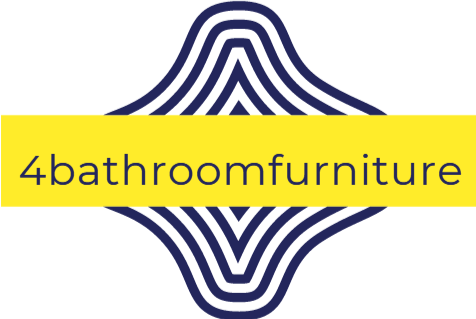Have you ever been to a music concert where the beat lighting adds to the overall experience of the show? Beat lighting refers to the synchronized lighting that changes color and intensity based on the beat of the music. It has become an integral part of music concerts, DJ sets, and clubbing scenes all over the world.
In this article, we will explore the history and science behind beat lighting, its benefits, and how it enhances the overall experience of music and entertainment.
History of Beat lighting
Beat lighting has been around for decades, and its evolution can be traced back to the invention of the stroboscope in the early 1930s. The stroboscope was an early form of the strobe light that produced flashes of light that appeared to freeze the motion of a moving object. It was initially used for scientific purposes in studying motion and vibration.
In the 1960s, the psychedelic era brought about a new era of musical experimentation that included the use of strobe lighting in live performances. Bands like Pink Floyd and The Who used strobe lighting to add a visual element to their shows. However, the use of strobe lighting was limited, and it could not change colors or intensity based on the music.
In the 1980s, the invention of the computerized lighting console revolutionized the way lighting designers could control lighting. This allowed for the creation of more complex lighting sequences that could be synchronized with the music. Over time, the technology improved, and the development of LED lights made it possible to create more versatile and energy-efficient lighting fixtures.
Science behind Beat lighting
Beat lighting works by using software that analyzes the music’s tempo and rhythm and translates it into a lighting sequence that changes color and intensity based on the beat. The software is typically connected to a lighting console or DMX controller that controls the lights.
The software uses beat detection algorithms that analyze the audio waveform and determine the tempo of the music. Once the tempo is detected, the software generates a lighting sequence that matches the beat’s rhythm. The lighting sequence includes changes in color, intensity, and movement that correspond to the music’s beat.
Benefits of Beat lighting
Beat lighting has several benefits, including enhancing the entertainment experience, improving audience engagement, and adding a visual element to live performances.
By synchronizing the lighting with the music, beat lighting creates a more immersive experience for the audience. The lighting enhances the emotional impact of the music and creates a dynamic and visually stimulating environment that keeps the audience engaged.
Beat lighting also allows performers to communicate with their audience in new and exciting ways. Performers can use the lighting to create special effects that enhance their performance and add to the overall experience.
Beat lighting has become an essential part of the music and entertainment industry. Its ability to enhance the overall experience of live performances and improve audience engagement has made it a popular choice for concerts, DJ sets, and clubbing scenes all over the world. With the ongoing development of technology, beat lighting will continue to evolve and push the boundaries of what is possible in live entertainment.
More Posts
Light up your space with an eco-friendly recycled paper floor lamp
In recent years, the conversation surrounding sustainability has gained significant traction, leading to a growing interest in eco-friendly lighting solutions....
Effortless Elegance: Minimalist Design Floor Lamp
In the realm of interior design, the concept of minimalism has gained significant traction, resonating with those who appreciate simplicity...
Timeless Elegance: Mid Century Modern Floor Lamp
Mid Century Modern design emerged in the mid-20th century, roughly spanning from the 1940s to the 1960s. This period was...
Enhance Your Space with a Stylish Bedroom Wall Lamp
Bedroom wall lamps serve as both functional and aesthetic elements in interior design, playing a crucial role in enhancing the...
Illuminate Your Space with a Gold Contemporary Designer Floor Lamp
In the realm of interior design, lighting plays a pivotal role in shaping the ambiance and functionality of a space....
Rustic Charm: Wooden Pumpkin Floor Lamp for Your Bedroom
Rustic charm embodies a unique aesthetic that draws inspiration from nature and the simplicity of rural life. This design philosophy...
